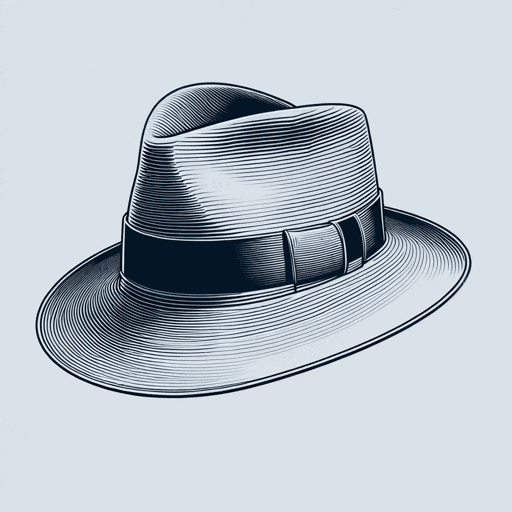59 pages • 1 hour read
Raymond ChandlerThe Big Sleep
Fiction | Novel | Adult | Published in 1939A modern alternative to SparkNotes and CliffsNotes, SuperSummary offers high-quality Study Guides with detailed chapter summaries and analysis of major themes, characters, and more.
Background
Cultural Context: Sexism, Antisemitism, and anti-LGBTQ+ Bigotry
The Big Sleep is a product of its time. Some of the social beliefs it reflects are today widely deplored. These attitudes and practices, though used as descriptors and not necessarily meant as polemics, betray the author’s biases.
Philip Marlow is a man of his age. It’s the mid-1930s, when the world struggled under the economic Great Depression. Marlowe, a hard-drinking, chain-smoking, tough-guy detective, possesses a macho sensibility coupled with a disdain for lifestyles of which he disapproves. Same-sex relationships in the late 1930s were frowned on or outlawed in nearly every jurisdiction in America. During this time, most Americans believed that being gay was immoral and that gay men were inherently less masculine and more flamboyantly feminine. Moreover, a common attitude among many Americans was that minorities were second-class citizens.
One of the novel’s antagonists is a gay blackmailer named Geiger who rents pornographic books. Not only is his sexual orientation used to explain why he is duplicitous, but Marlowe’s description of Geiger’s bedroom also contains deeply anti-gay and anti-Asian commentary based on stereotypes that tended to conflate homosexuality and Asian American men with effeminacy, thus packing a dose of sexism into the mix: Marlowe considers Geiger’s decor “womanish” and notes a “flounced” bedspread, perfume, and a triple mirror (27).
Related Titles
By Raymond Chandler
Featured Collections
American Literature
View Collection
Brothers & Sisters
View Collection
Challenging Authority
View Collection
Horror, Thrillers, & Suspense
View Collection
Loyalty & Betrayal
View Collection
Mystery & Crime
View Collection
Popular Study Guides
View Collection
Power
View Collection
Revenge
View Collection
Safety & Danger
View Collection
Sexual Harassment & Violence
View Collection
The Best of "Best Book" Lists
View Collection
Truth & Lies
View Collection
YA Horror, Thrillers, & Suspense
View Collection
YA Mystery & Crime
View Collection






